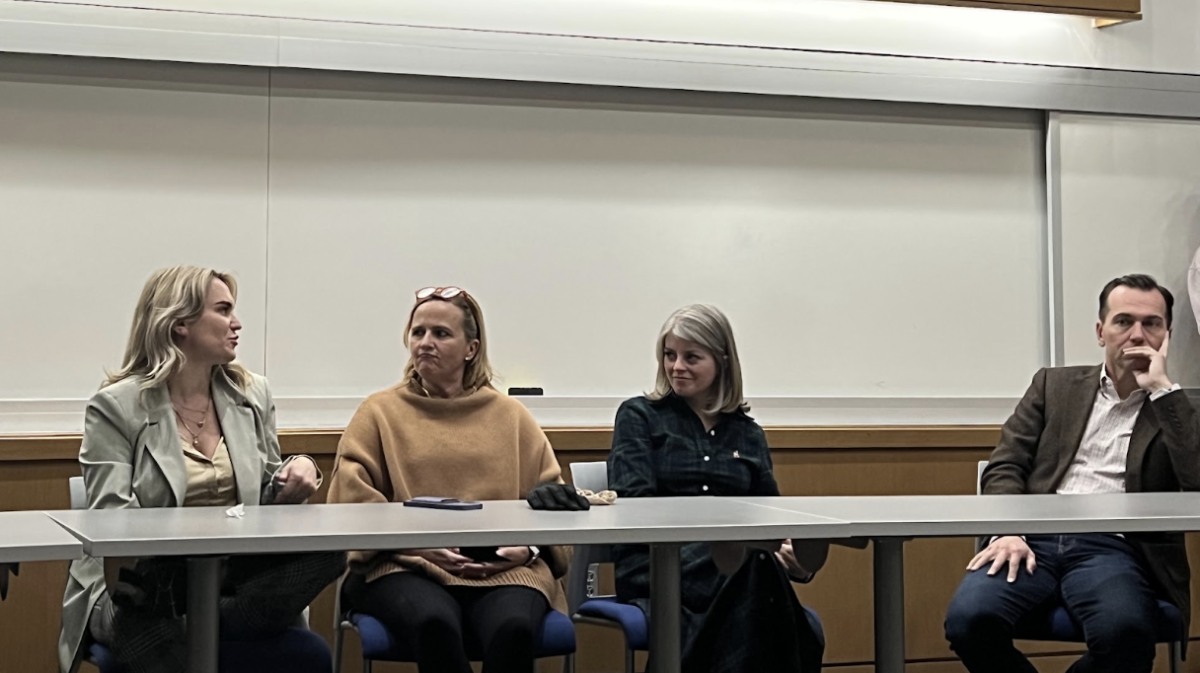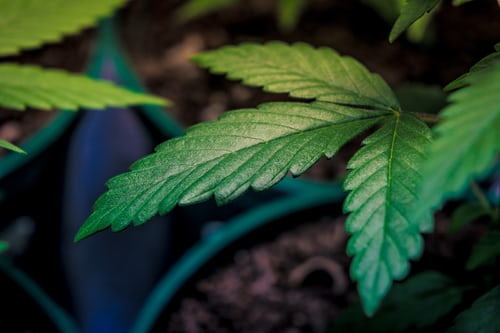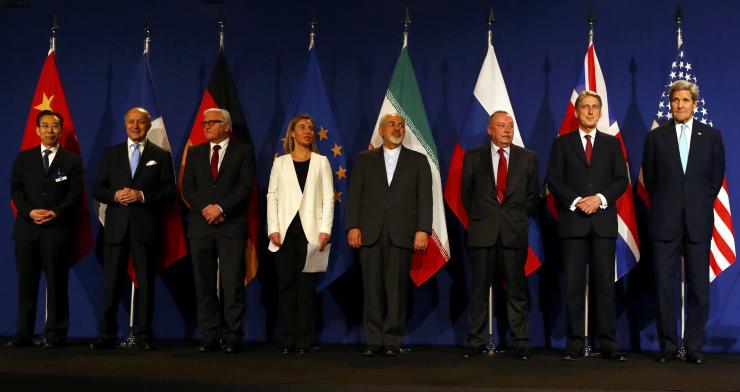On Thursday, people across America came together to celebrate National Coming Out Day. Coming out has been seen for decades as a vital rite of passage for members of the LGBTQI community, and the extent to which this event is celebrated around the world is a testament to how much attitudes towards the LGBTQI population have changed in recent years. Furthermore, eight U.S. states now recognize same sex unions, which, along with the repeal of the military’s “Don’t Ask, Don’t Tell” policy, mark major milestones in the search for LGBT equality.
However, there is still a long way to go before true equality is achieved. The FBI’s 2010 hate crime statistics showed that 19.3 percent of hate crimes were motivated by sexual orientation, the third most common motivator after race and religion[1]. The Southern Poverty Law Center also noted that members of the LGBTQI community are far more likely than any other minority group to suffer from violent hate crime in the United States[2]. Federal hate crime legislation has encompassed homophobic crimes since 2009. Shockingly, however, there is still no federal anti-discrimination law – meaning hat protection for LGBTQI individuals can vary wildly around the country. 75 percent of students have no protection against harassment or discrimination in school based on their sexual orientation, while 97 percent of students report regularly hearing homophobic comments from their fellow students[3].
The situation for members of the LGBTQI community appears to be stronger in the United Kingdom for now. Discrimination in housing, employment and the provision of services on the basis of sexual orientation is illegal, while openly gay soldiers have been able to serve openly in the British military. Same-sex couples have been permitted to adopt together since 2002 and the right to join civil partnerships was established in 2005. Furthermore, the government reaffirmed its support for extending the right of marriage to same-sex couples within the next Parliament. That is not to say that homophobia does not still exist in the U.K., however. There has been significant opposition to the government’s proposition to extend marriage rights to the LGBTQI community, particularly from religious groups, including the Church of England. Nevertheless, the right to gay marriage in Britain is an issue separate from establishing partners’ rights to pensions and other benefits, which is the principal thrust of the gay rights movement in America.
There are also significant reasons for optimism when it comes to gay rights in the U.S. In what is likely to prove a historic term for the Supreme Court, justices may decide to overturn state bans on gay marriage, or strike down the 1996 Defense of Marriage Act which denies federal recognition of same sex marriages recognized by individual states. Michael J. Klarmann of Harvard University has labeled this as a possible catalyst for change along the lines of what the Brown vs. Board of Education did for the civil rights movement seeking equal rights for African Americans[4]. These decisions have the potential to change the course of gay rights in America, and would send a message to the LGBTQI community around the world that the United States is a nation that protects and defends the rights of minority groups.
Furthermore, this year both President Obama and Vice-President Biden affirmed their support for gay marriage and the extension of the benefits of marriage to same-sex unions. Their re-election in November would almost certainly provide more fertile ground for further progress. Consider also the rapid shift in public opinion towards support for legalizing same-sex unions: in 1990 just 25 percent of Americans supported gay marriage, increasing to 35 percent in 2004, to over 50 percent today[5]. While there is still a considerable distance to traverse before the U.S. can claim to fully include LGBTQI people in the American dream, there is good reason to think that the LGBTQI community will soon enjoy the same rights and privileges granted to other Americans.







